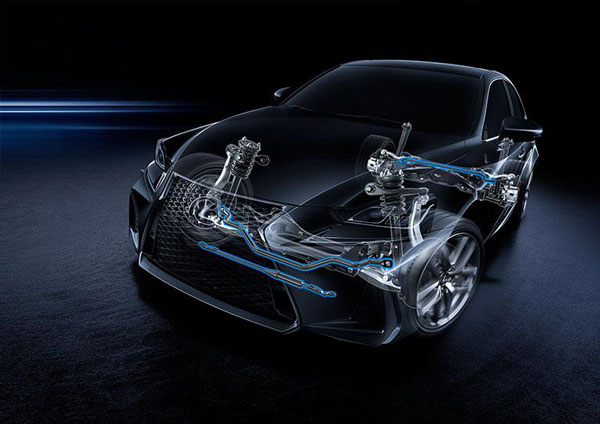How long is the life of a car shock absorber?
These variables make it practically impossible to specify a wide stroke of several years or miles as a wide stroke, although we expect shock absorbers (or suspension with springs to integrate the suspension into the assembly with springs and other suspension components).It lasts at least four to five years unless it is used in extreme cases.It is also common for shock and support to last for 10 years before a vehicle needs to be replaced on a smooth road with a life span of 10 years.
On the other hand, rough roads marked with potholes, large cracks and steep ridges cross sidewalks (a typical urban torture test) and bounce cars, causing faster wear on impact (also known as dampers because they inhibit rebound)..Heavy lifting often or driving on unpaved surfaces with deep holes or buried boulders can lead to excessive wear.Moreover, if you are the kind of person who bombards a blown road bump at the same speed as new asphalt, the devil-sweet way of dealing with road conditions and bumps is bound to take a heavy toll on the shock absorbers over time.Winter weather and road salt can also shorten the life of car shock absorbers and struts through corrosion.


Instead of spending time or miles deciding when to replace impact and support, use them as a guide to when to check for wear, damage, and leakage (fluid in the impact) of the entire suspension component.Some shock absorber manufacturers say you should replace them at 50,000 miles, but this is more to their advantage.It is a good idea to inspect 40,000 or 50,000 miles of vibration and suspension components annually and then check them again.A thorough inspection should reveal which parts (if any) actually need to be replaced.
Springs in vehicle suspension provide most of the shock absorption.Shock absorbers and support bars improve cycling and reduce spring compression and release caused by bouncing, so you don't have to jump on the road.If you find that your car bounces or wobbles more than usual, "dives" on a wavy surface, hits the bottom on a rail or tilts more, the vibration may be in the case of wear or fluid leakage that needs to be replaced.
Longer braking distances or sudden reactions through the steering wheel are due to the impact of wear and tear, although your initial intention may be to blame these problems on other causes.The same is true for uneven tire wear: if you don't have any of these problems, you may still need to watch out for electric shocks.Bushings (rubber and metal "pads" at mounting points and joints) may wear out and allow abnormal suspension movement or vibration, resulting in faster tire wear or greater pressure on other suspension components.
However, there are a number of other potential problems in the components of the suspension system that can cause travel or handling problems or unusual noise, such as ball joints, pull rods and poor condition control arms.Do not automatically point your finger at the shock absorber, and do not purchase a new shock absorber for replacement, as new shock absorbers are available at repair shops.A complete inspection of the entire suspension by a qualified mechanic and replacement repairs as needed to make the ride smoother and safer.
We will do a good job in every content,do our best to solve the problem for each customer,Thank you for your reading.




Leave A Comment